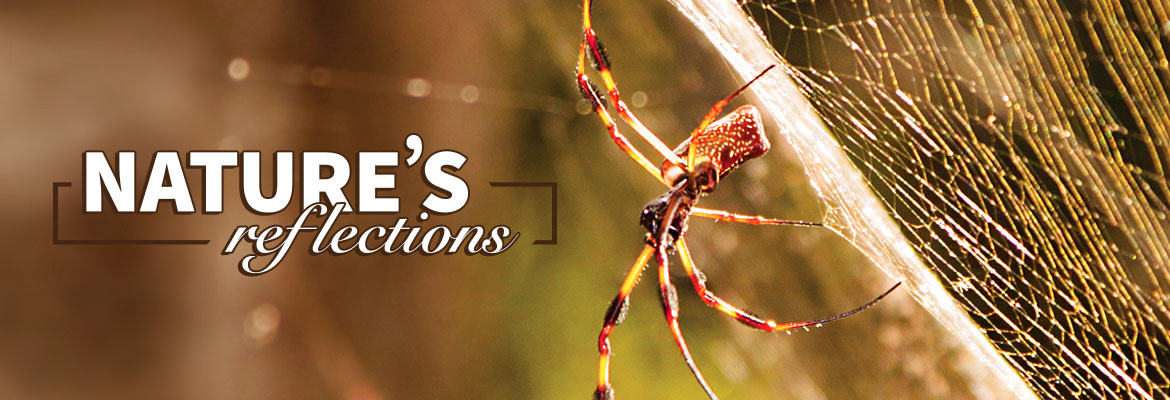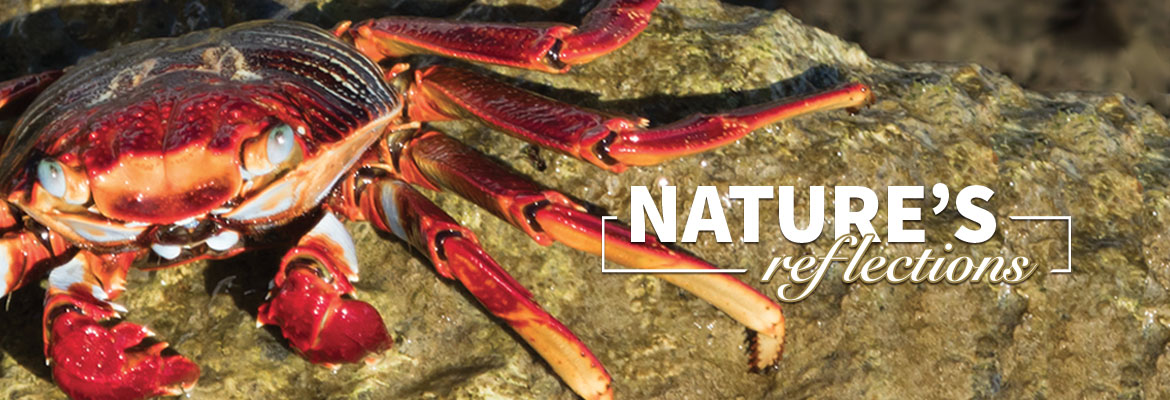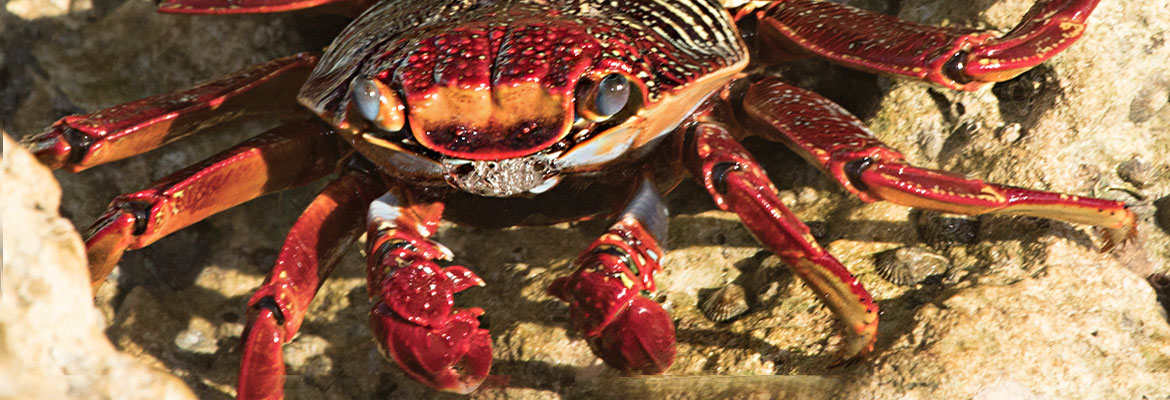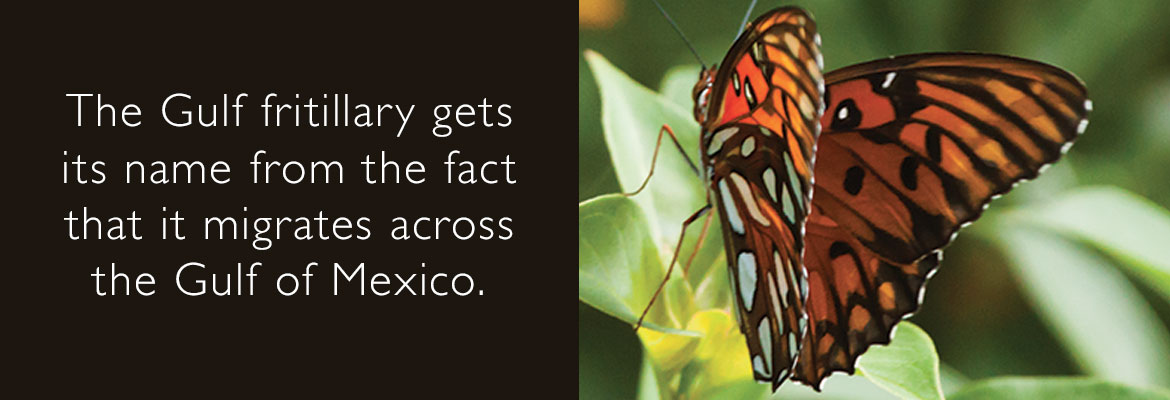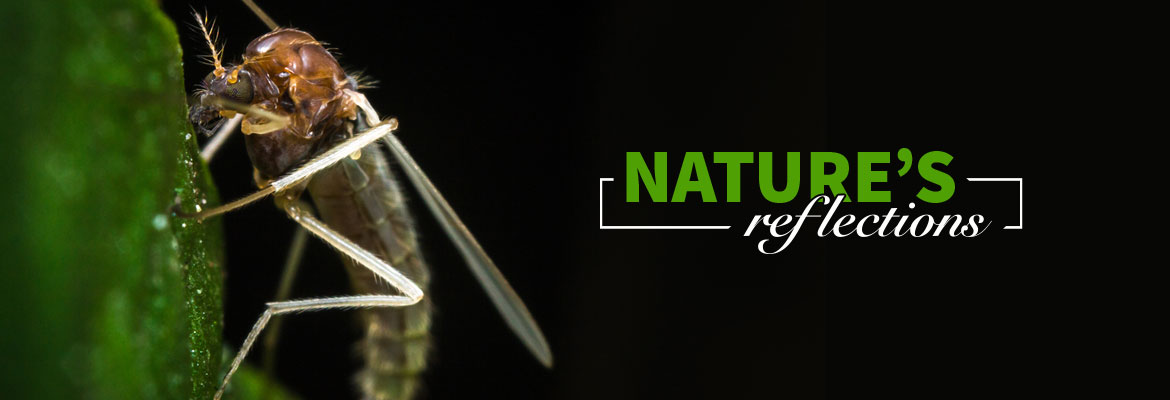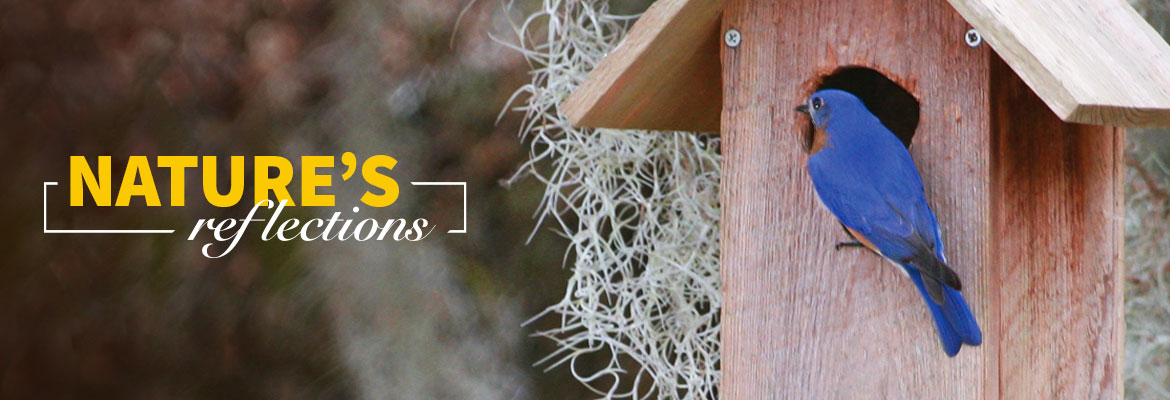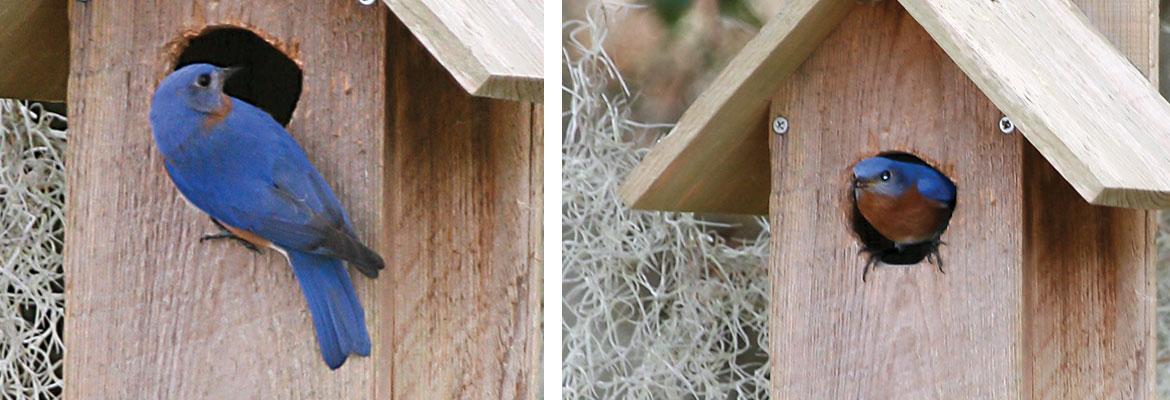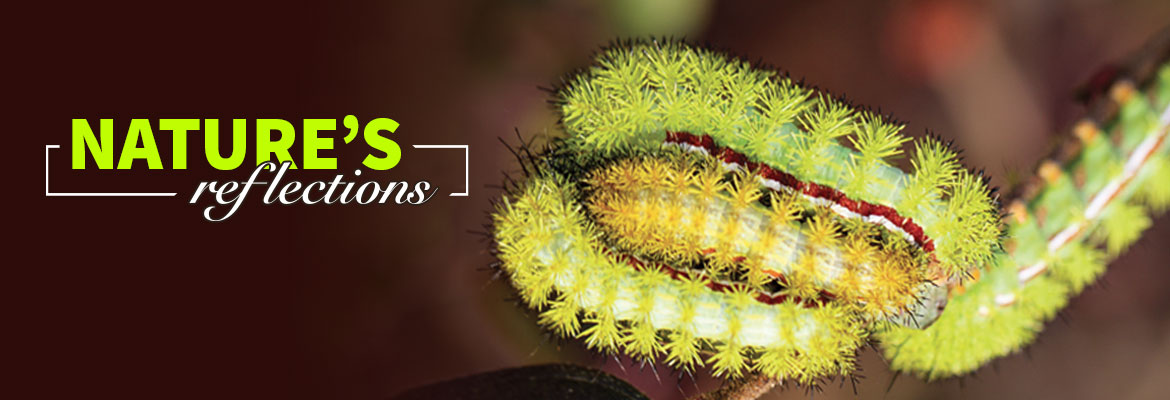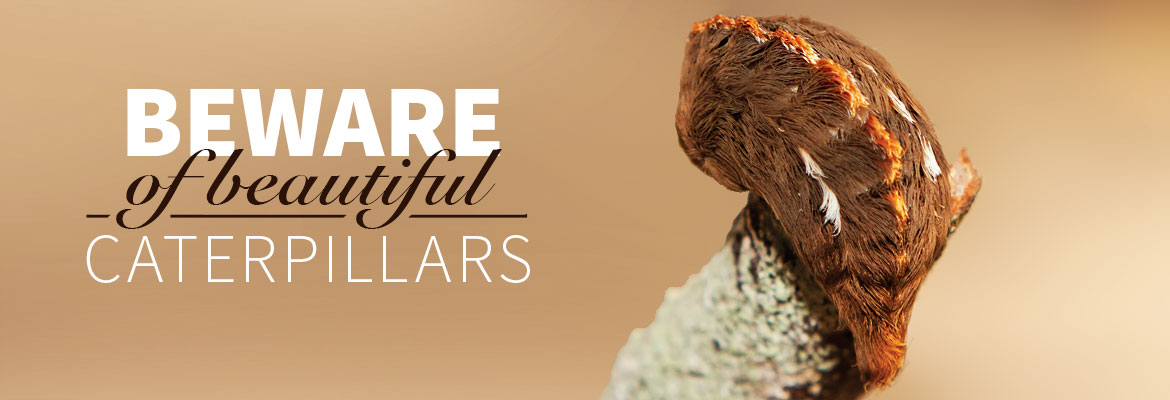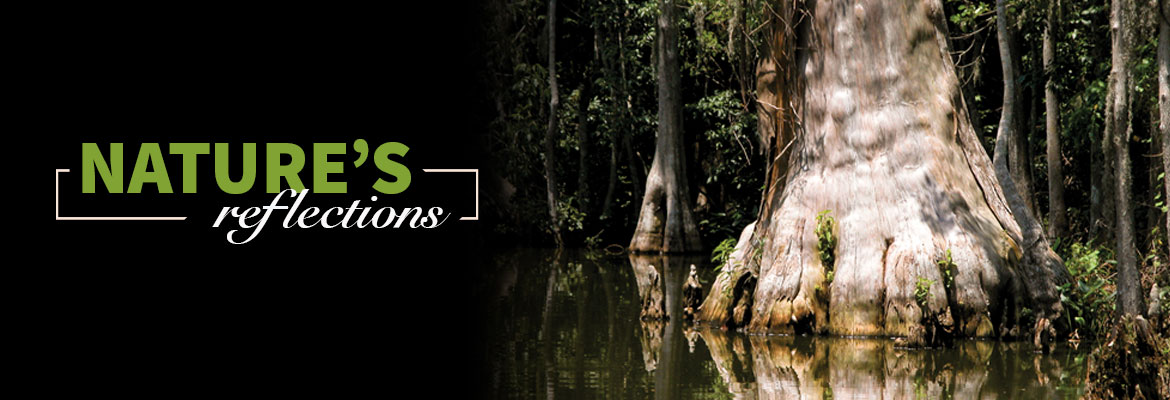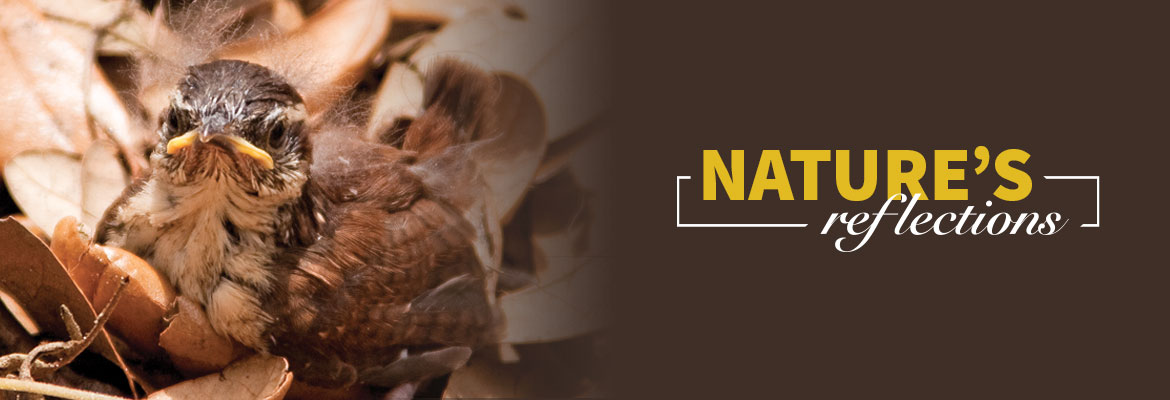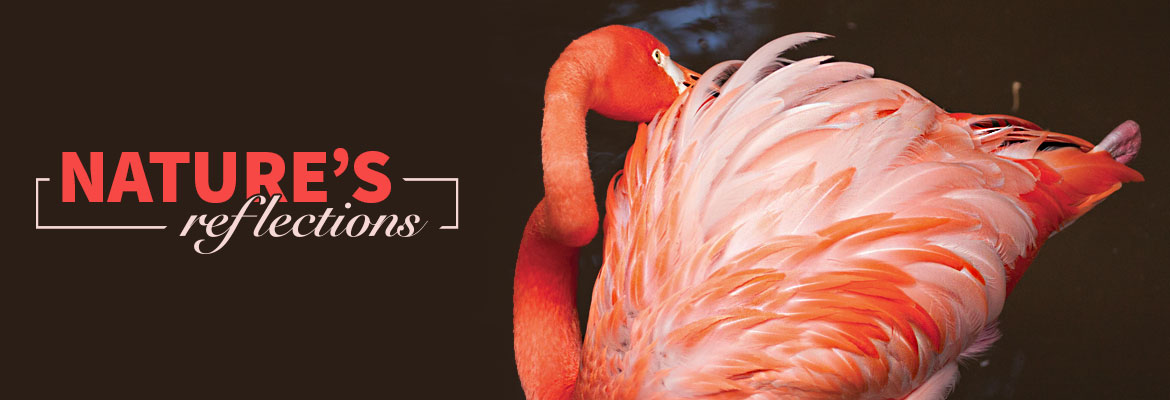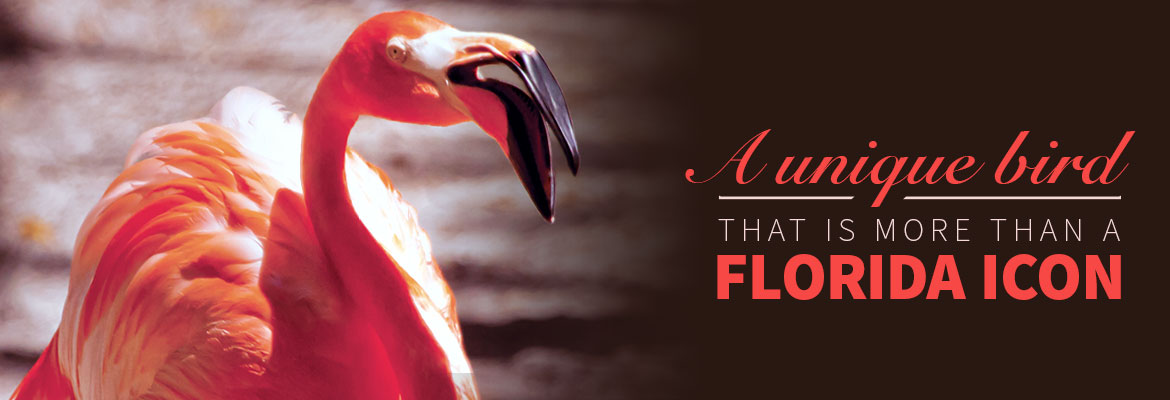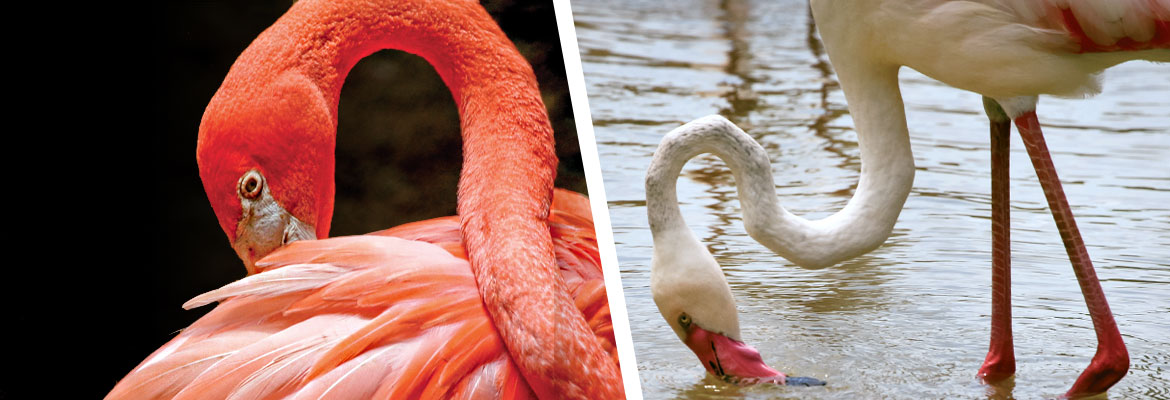Nature’s Reflections – Arachnophobia Anyone?
Scary looking, but few are dangerous to humans
Spiders are arachnids, pronounced uh-rack-nids. There are reported to be more than 45,000 species worldwide and 1,200 in the U.S. Florida certainly has its fair share. While most species are never seen by humans, there are 29 that are common.
The largest, sometimes called the banana spider, is the Golden Silk Orbweaver (Nephila clavipes). Named for its large and impressive golden web placed at eye level, it will certainly give you a fright if stumbled into. Another large spider is the Yellow Garden spider (Argiope aurantia), which builds a web with a zig-zag design through the middle. Both are non-aggressive and seldom bite.
There are five small, yet dangerous spider species with strong venom. The Black Widow is native to Florida. The Red, Brown and Southern Black Widows and the Brown Recluse are newer residents. If bitten by any spider, try to preserve it in rubbing alcohol for identification. If the bite is from a Widow or Brown Recluse, seek medical attention immediately.
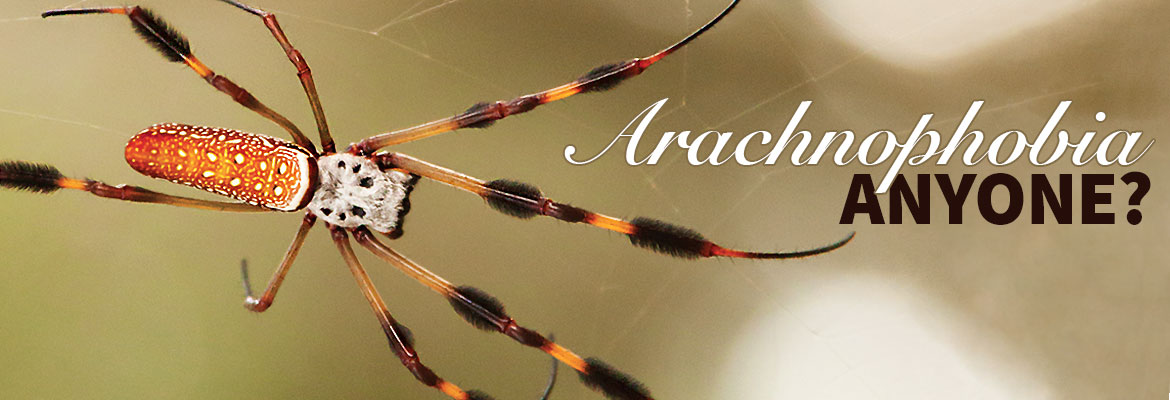
Spiders come in a variety of sizes, colors and combinations. Females are bigger and live about a year; males are small and die soon after mating. Spiders have two body regions, no antennae, eight legs and up to eight eyes. Thankfully, most do not see very well. Tiny hairs on their legs enable them to feel when a bug is in their web. Tiny claws are used to cut the silk. Spider silk is being studied due to its tinsel strength. Some strands are sticky, to catch bugs, and some are dry. When the spider feels a strand jiggle, it races to find the bug that is caught. If it’s a leaf or a big bug that might tear the web, the spider cuts the strands, to let it fall away. Once an insect is caught, the spider injects venom and wraps the bug in silk. Spiders inject a digestive fluid into their prey and suck up the digested food. They can go for long periods without feeding. Spiders eat more insects than birds do.
Baby spiders, called spiderlings, are born from eggs in an egg sack. Once born, they shoot out a strand of silk and float away on a breeze. They are born colorless, making it easier to hide from predators.
Column & photo by: Sandi Staton



